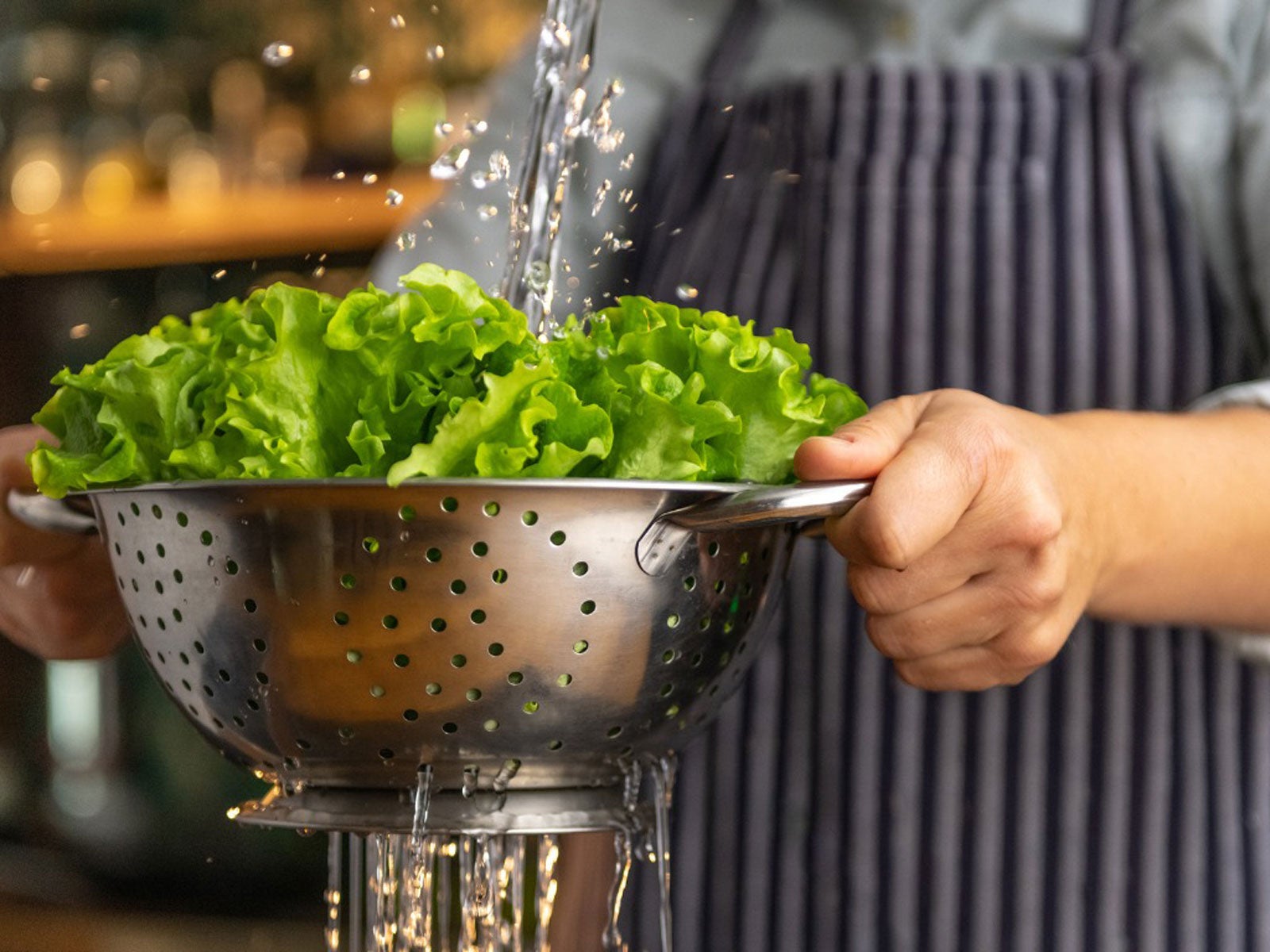What Is Hydrocooling – Learn About Hydrocooling Vegetables And Fruits

When the temperature gets near the triple digits and you’re cooling off with a chilled watermelon wedge, you should thank the hydrocooling method. What is hydrocooling? The method of hydrocooling is used to quickly chill produce post-harvest so it can get to your dinner table. Read on to learn more.
What is Hydrocooling?
Very simply, the method of hydrocooling is a way to rapidly cool produce by running near-freezing water over fruits and vegetables immediately after they are harvested. Without hydrocooling vegetables and fruits, once they have been harvested, the quality of the produce begins to decline, hence its shelf life. So how does hydrocooling work exactly?
How Does Hydrocooling Work?
Temperature and relative humidity begin to affect the quality of produce immediately after being harvested. Heat may arise from field temperatures or from natural respiration. Some farmers harvest at night to combat field temperatures, but what about natural respiration?
Once produce is harvested, it is still alive and reacts to oxygen to form carbon dioxide, water, and heat which begins the process of breaking the produce down. This is called natural respiration. Harvesting at night does nothing to stall natural respiration, which is where the hydrocooling method comes in.
With hydrocooling, you are rapidly running chilled water over the freshly picked fruit and veggies, quickly dropping their temperature and eliminating tissue damage, thus extending shelf life. Water may be either cooled with ice, a refrigeration system, or a hydrocooling system specifically for hydrocooling produce.
During the process, the water is sanitized with one of a variety of products. Hydrocooling is used to lower temperatures quickly but cannot be used solely to cool and store produce. Instead, it is often used in conjunction with forced air cooling or room cooling.
While there are a number of fruits and veggies that respond well to the hydrocooling method, here are some of the more common ones:
Gardening tips, videos, info and more delivered right to your inbox!
Sign up for the Gardening Know How newsletter today and receive a free copy of our e-book "How to Grow Delicious Tomatoes".

Amy Grant has been gardening for 30 years and writing for 15. A professional chef and caterer, Amy's area of expertise is culinary gardening.
-
 Grow ‘Karl Rosenfield’ Peony Plants For The Ultimate Frilly Border Beauties And Cut Flowers
Grow ‘Karl Rosenfield’ Peony Plants For The Ultimate Frilly Border Beauties And Cut FlowersFor frilly double magenta peony petals infused with a heady fragrance, grow ‘Karl Rosenfield’ peony plants. Here’s how to cultivate the ultimate plushy blooms
By Tonya Barnett
-
 10 Common Composting Problems That Can Spoil Your Garden Gold – Plus Easy Fixes
10 Common Composting Problems That Can Spoil Your Garden Gold – Plus Easy FixesLearn how to troubleshoot common composting issues before they ruin your stash – from bad smells and bugs to materials not breaking down as they should.
By Susan Albert
-
 How Many Vegetables To Plant Per Person For A Year
How Many Vegetables To Plant Per Person For A YearGauging how much to plant in a vegetable garden can eliminate waste while still producing enough for your family. Click for more.
By Bonnie L. Grant
-
 13 Perennial Fruits And Vegetables You Only Have To Plant Once
13 Perennial Fruits And Vegetables You Only Have To Plant OnceLooking to set it and forget it? Find out which fruits and vegetables can be grown as perennials.
By Laura Miller
-
 11 Edible Plants For A Year-Round Garden In A Bucket
11 Edible Plants For A Year-Round Garden In A BucketWant to know how to grow food inside your house and which foods do best indoors? Click here to learn all about it.
By Bonnie L. Grant
-
 Frost Tolerance Of Vegetables From Least To Most Hardy
Frost Tolerance Of Vegetables From Least To Most HardyHow cold can vegetables tolerate? Knowing which veggies will survive frosts and freezes is essential for the success of your garden. Click here for more.
By Laura Miller
-
 Best Vegetables To Pickle Straight From The Garden
Best Vegetables To Pickle Straight From The GardenPickles aren’t limited to just cucumbers. Read on for tips on pickling your fresh veggies.
By Amy Grant
-
 Benefits Of Planting In Fall Vs. Spring Vegetable Plots
Benefits Of Planting In Fall Vs. Spring Vegetable PlotsLearn why some vegetables do better if you plant them in fall instead of spring.
By Laura Miller
-
 Interplanting Vegetables In The Fall Garden
Interplanting Vegetables In The Fall GardenLearn all about the benefits of interplanting vegetables for your fall garden.
By Laura Miller
-
 Best Vegetables For Growing In Perlite
Best Vegetables For Growing In PerlitePerlite is a natural growing medium that comes from super-heated volcanic glass. In some cases, it works better than soil. Read on for more info.
By Laura Miller